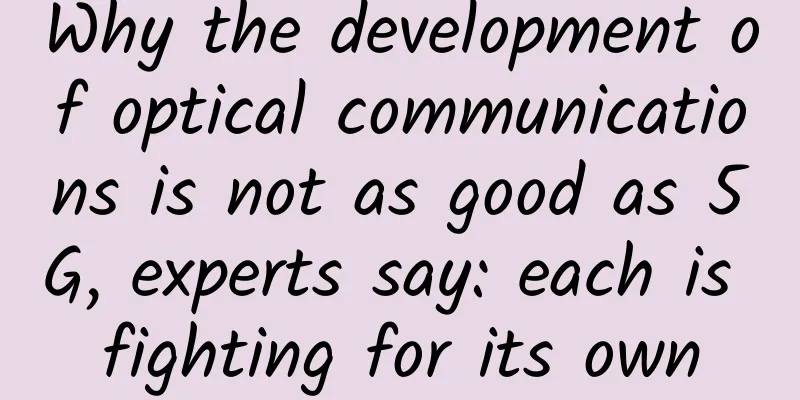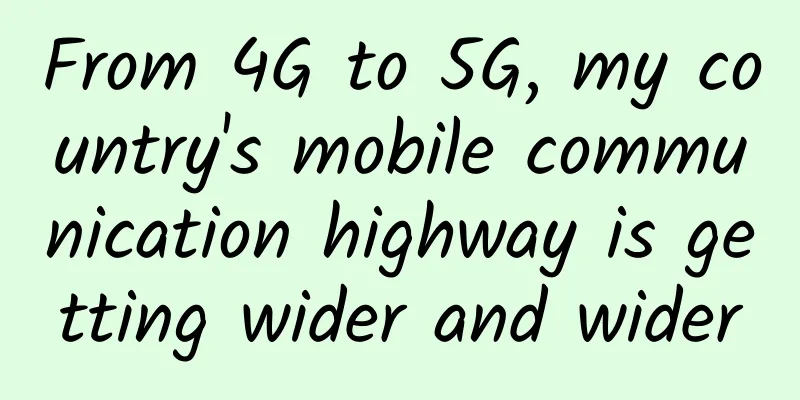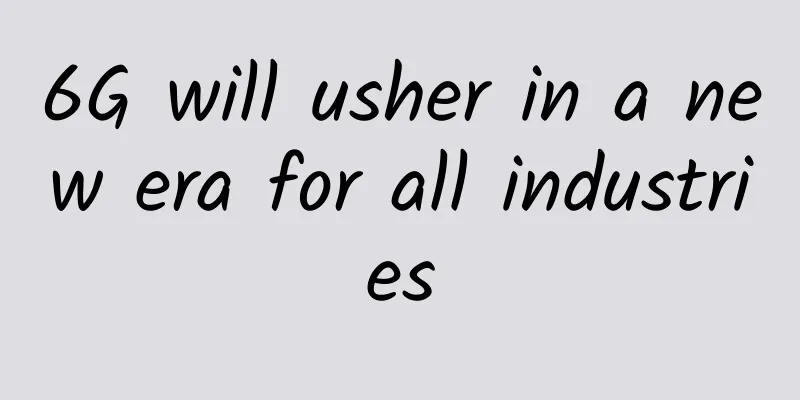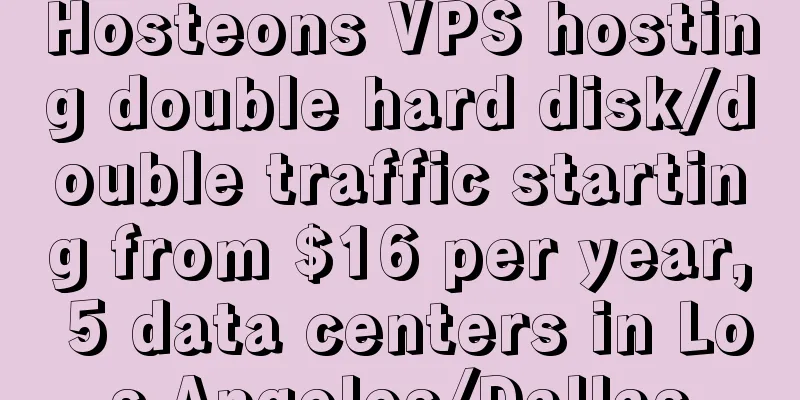Introduction to the complete 5G system

|
5G will soon be here, and it will be more than just faster phone speeds. Learn about 5G’s potential impact on the Internet of Things.
There are three application spaces designated for 5G: eMBB, replacing 4G mobile networks with faster 5G networks; URLCC, low-latency high-reliability data transmission; and mMTC, low-cost large-scale device networks. These three application areas are exciting areas that can see amazing advantages of 5G. Why 5G? There has been a lot of hype around 5G, with many companies like Verizon, AT&T, Qualcomm, Intel, and many others investing a lot of time and resources into 5G. The hype is also for good reason. The promise of 5G is truly amazing, with speeds potentially 10 to 100 times faster than 4G, and Verizon's 5G network in Chicago is currently hitting 1GB, which is crazy. While it will take many years to build out 5G, the network can offer a lot of benefits, reliable real-time video streaming, autonomous and semi-autonomous vehicles, large-scale sensor networks, and more. The International Telecommunication Union (ITU) has proposed “three main application performance indicators for 5G: enhanced mobile broadband (eMBB), ultra-reliable low-latency communications (URLLC), and massive machine type communications (mMTC).” Let’s discuss this in more detail. Enhanced Mobile Broadband (eMBB) As described in the examples above, eMBB is the 5G that most consumers will care about. eMBB describes a huge increase in the speed of current 4G LTE networks. To do this, there are plans to increase the frequency of cellular waves to transmit more data. Unfortunately, high-frequency beams do not penetrate buildings very well, so arrays of receivers and transmitters need to be installed throughout town to keep the signal working properly. eMBB networks are already being deployed in some cities in the United States, as well as in countries around the world. Ultra-Reliable Low Latency Communications (URLLC) URLLC describes critical applications with low latency and high reliability, such as autonomous driving or robotic surgery. For these applications, packet loss or slow delivery of packets during transmission can be risky. The URLLC standard requires "sub-millisecond latency with an error rate of less than 1 packet loss in 10 packets." URLLC is exciting, but it brings with it many technical challenges, such as synchronizing time bases and managing time-sensitive networks. Massive Machine Type Communications (mMTC) mMTC applications are suitable for large IoT devices with battery-powered, low-cost and low-data-rate devices. The requirements described by the ITU are:
Real-world applications of these devices could include smart metering, connected trash cans, bicycles, apiaries, or mousetraps. Technologies and protocols that have been designed for these use cases, such as NB-IoT and LTE-M, have been adapted to support mMTC. |
<<: Calculation of IP address and subnet mask
>>: 5G is not yet popular, 6G is on the way, and 7G will achieve space roaming
Recommend
AT&T and Microsoft team up for private 5G edge deployment
To further accelerate its goal of deploying priva...
Top 5 Reasons for WiFi Device Setup and Connection Issues
Setup and connection issues are notoriously diffi...
HostSlick: AMD Ryzen/EPYC+NVMe series Netherlands VPS starts at 19.99 euros per year
HostSlick recently released some special packages...
H3C Launches Telecom-Grade Cloud Platform at MWC Shanghai
On June 28, H3C Group made its debut at the Asian...
Data centers need to speed up and improve quality to cope with changes through innovation
2020 is a critical year for the large-scale const...
National Cyber Security Awareness Week 2017
[51CTO.com Shanghai report] The 2017 National Cyb...
The impact of blockchain on data centers and cloud computing
Today, more and more applications are causing the...
ROOBO CTO Lei Yu: Artificial intelligence will not take the big and comprehensive route, vertical fields will blossom first
[Original article from 51CTO.com] Not long ago, a...
CMIVPS offers 10% off on Seattle high-security VPS, AS4837 line optimization starting at $6.1/month
CMIVPS recently launched a new VPS host in the US...
What is 6G? It may appear in 2030, crushing 5G without any pressure
5G has already been deployed, so what about 6G? W...
5 Advantages of Edge Computing in Enterprise Network Strategy
Edge computing has quickly become popular for com...
Smart Manufacturing under 5G: A New Model of Smart Factory Automation
[[286782]] As a new generation of mobile communic...
Can SD-WAN trigger a comprehensive telecom NFV transformation?
The premise behind a software-centric, virtualize...
Cisco's Wei Songbin: Cisco makes people's work and life smarter, simpler, safer and more convenient
[51CTO.com original article] Reporters have atten...
Verizon to launch 5G home internet service in Cleveland
Verizon announced Wednesday that it will launch 5...









